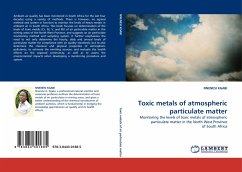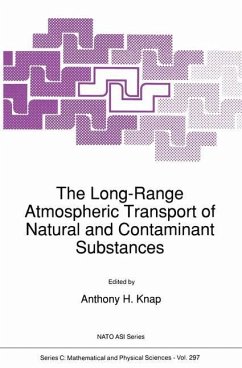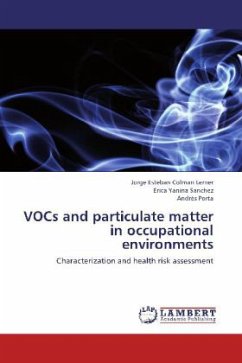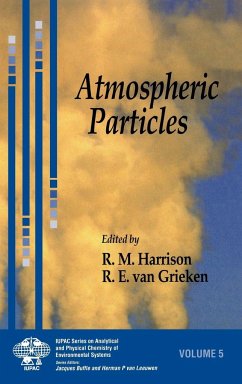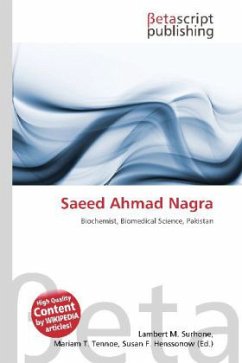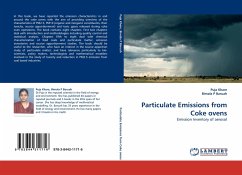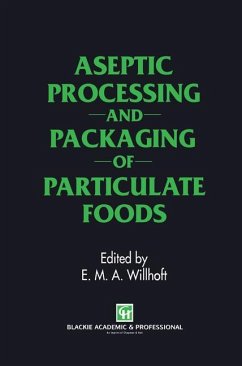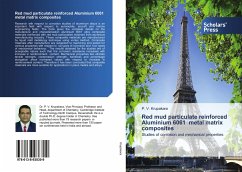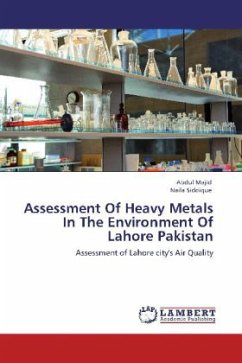
Atmospheric Particulate Matter
Trace Metals and Size Fractionation
Versandkostenfrei!
Versandfertig in 6-10 Tagen
52,99 €
inkl. MwSt.

PAYBACK Punkte
26 °P sammeln!
Particulate pollution has been considered as an emerging atmospheric problem particularly due to overwhelming anthropogenic activities. Numerous health effects are associated with these particulates mainly due to their smaller size and toxic chemical species. The focus of this work is to characterize atmospheric particulate matter in terms of its trace metal contents and size fractionation. Correlation and regression analyses are used to determine the dependence of trace metals and particulate fractions in relation to meteorological parameters. Seasonal, monthly and daily variations are assess...
Particulate pollution has been considered as an
emerging atmospheric problem particularly due to
overwhelming anthropogenic activities. Numerous
health effects are associated with these
particulates mainly due to their smaller size and
toxic chemical species. The focus of this work is to
characterize atmospheric particulate matter in terms
of its trace metal contents and size fractionation.
Correlation and regression analyses are used to
determine the dependence of trace metals and
particulate fractions in relation to meteorological
parameters. Seasonal, monthly and daily variations
are assessed for metals and particulate fractions
followed by diurnal/nocturnal disparities. The
source identification is carried out by principal
component and cluster analyses. Enrichment factors
of trace metals are estimated to find out the extent
of anthropogenic intrusion. The particulate metal
data reported from different regions around the
world are also compared. It is anticipated that the
findings would be of interest for atmospheric
scientists and regulatory/law enforcement agencies,
in addition to general public.
emerging atmospheric problem particularly due to
overwhelming anthropogenic activities. Numerous
health effects are associated with these
particulates mainly due to their smaller size and
toxic chemical species. The focus of this work is to
characterize atmospheric particulate matter in terms
of its trace metal contents and size fractionation.
Correlation and regression analyses are used to
determine the dependence of trace metals and
particulate fractions in relation to meteorological
parameters. Seasonal, monthly and daily variations
are assessed for metals and particulate fractions
followed by diurnal/nocturnal disparities. The
source identification is carried out by principal
component and cluster analyses. Enrichment factors
of trace metals are estimated to find out the extent
of anthropogenic intrusion. The particulate metal
data reported from different regions around the
world are also compared. It is anticipated that the
findings would be of interest for atmospheric
scientists and regulatory/law enforcement agencies,
in addition to general public.



